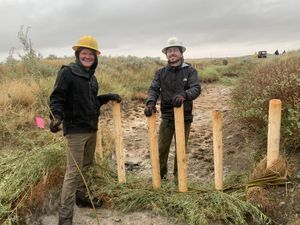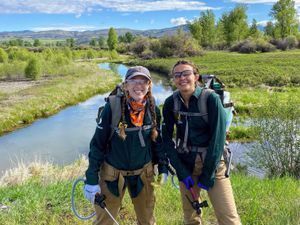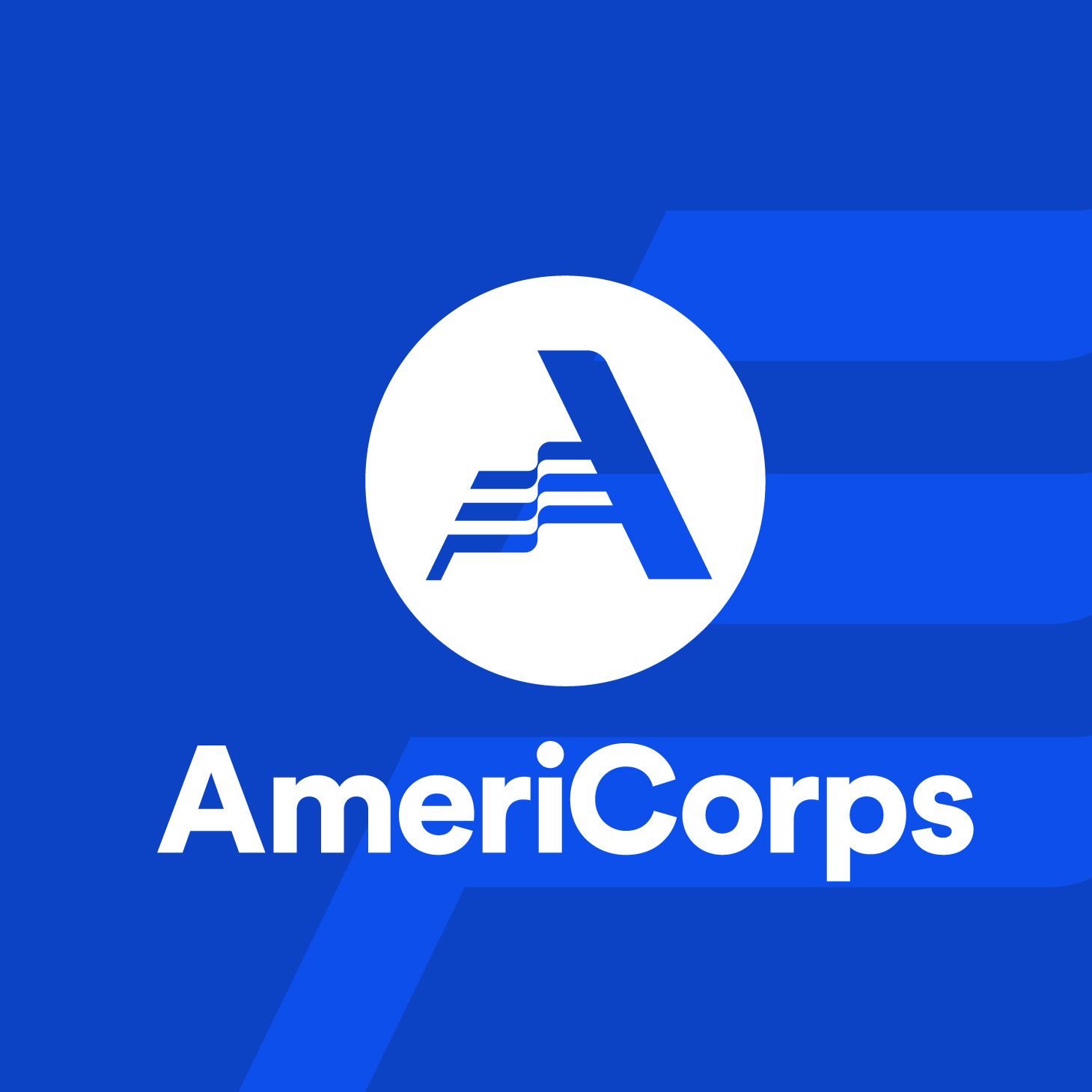Wildland Restoration Teams
Wildland Restoration Teams work with a diverse range of stakeholders (private, government, and non-profit) in order to achieve large scale land conservation efforts with rural communities throughout the state of Montana. Wildland Restoration Teams mitigate invasive plants through mechanical, chemical, and biological efforts. Crew use herbicide to manage invasive weeds, and MCC provides professional level training in the safe use and transport of chemicals. Crew Leaders also earn Herbicide Applicator Licenses, a certification through the State of Montana that is vital to future careers in invasive management. Wildland Restoration Teams may also work on a variety of other projects, including stream restoration, beaver-dam mimicry, non-native fish removal, fencing, planting, trail building and more. Not all CLs will work on all types of projects, and project work is different depending on the regional office:
Wildland Restoration Teams in Greater Yellowstone (Bozeman) typically spend half of their season managing invasive weeds through herbicide application. The other half of the season typically consists of mesic restoration projects (beaver dam analogs, or BDAs).
Wildland Restoration Teams in Northern Rockies (Kalispell) typically spend half of their season managing invasive weeds through herbicide application. The other half of the season typically consists of trail maintenance/construction, and other conservation projects.
Wildland Restoration Teams in Western Wildlands (Missoula) typically spend half of their season managing invasive weeds through herbicide application. The other half of the season typically consists of a combination of mesic restoration projects (beaver dam analogs, or BDAs), botany, forest inventory analysis, and other conservation projects.
Wildland Restoration Teams in Central Divide (Helena) will participate in a variety of innovative wetlands and habitat restoration projects, with a main focus on mesic restoration techniques including beaver mimicry and in-stream beaver-dam analog construction, a simple, effective, and non-invasive approach to riparian restoration. Crews will construct beaver mimicry structures (Low Tech Process Based Restoration) to effectively slow down and spread water over the landscape to expand critical habitat, mitigate wildfire, reduce invasive species and increase water availability in traditionally parched times of year.
Want to learn more about specific Wildland Restoration projects? Check out these projects from previous years to get a sense of the great work that has been accomplished by our crews!

![[Image description: Six MCC members stand in a field, two holding large crosscut saws, and two with mattocks in their hands.]](https://cdn.firespring.com/images/c4e123e3-961b-4f85-b5e8-3b01cf413aa0.jpg)










